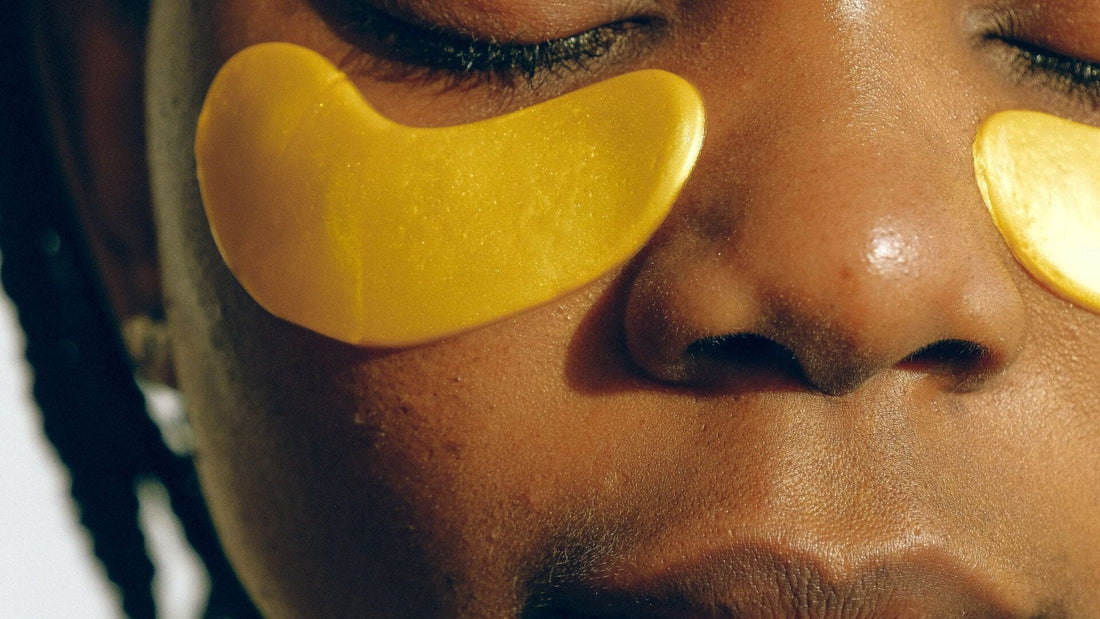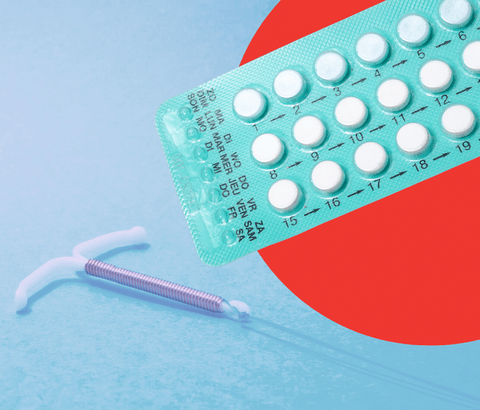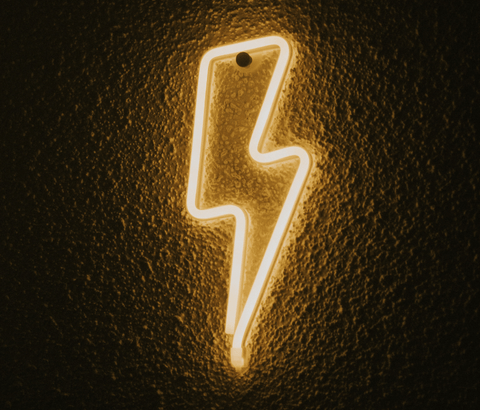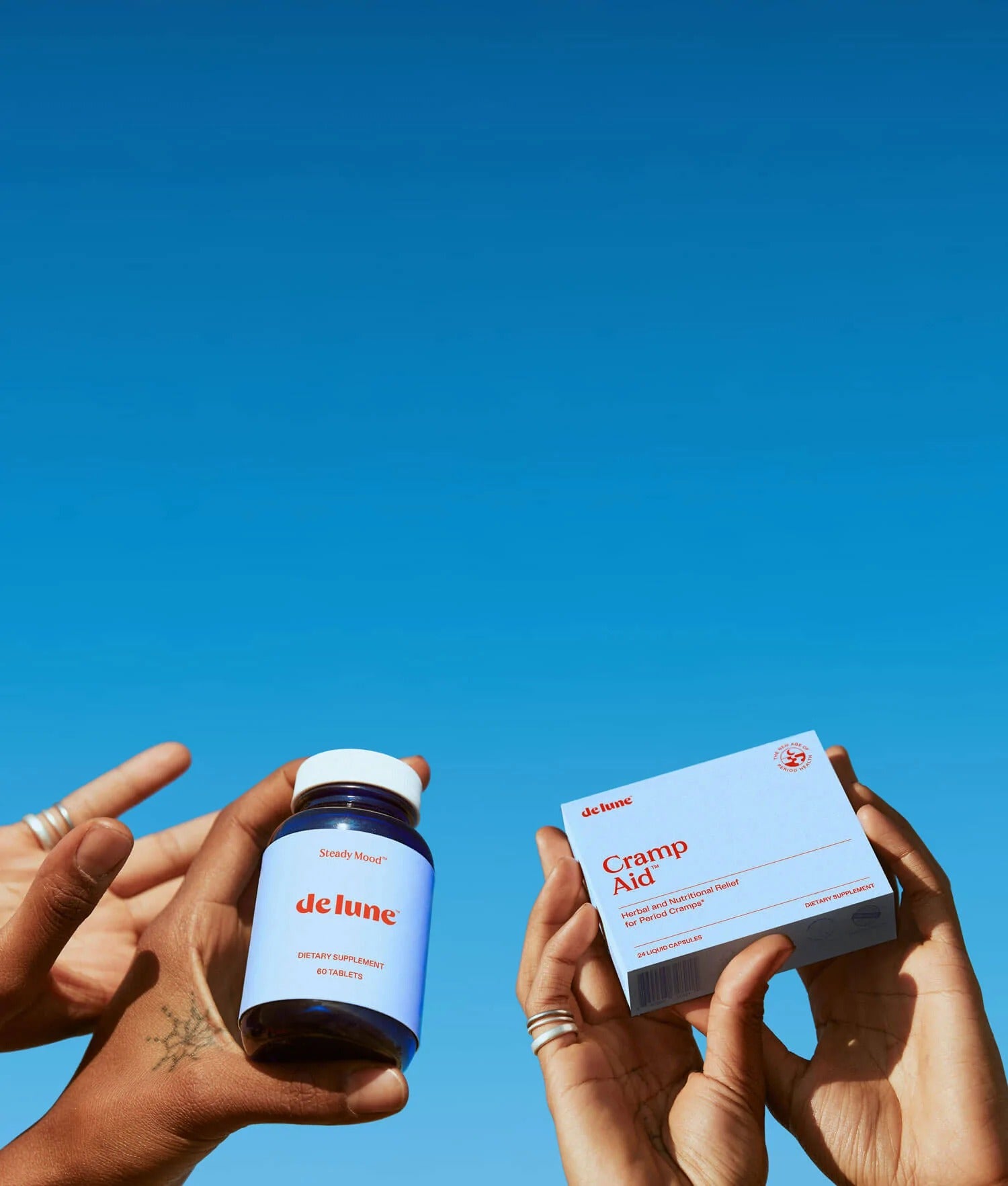When naming things we aren't a fan of, bad breakouts and PMS are top of the list. What if we told you that both are caused by the same culprit? Hormonal imbalances and inflammation are the key cause of both hormonal breakouts and PMS symptoms.
Here, we'll introduce you to how hormones work, why they can cause acne breakouts (scientifically named acne vulgaris), the gut-hormone connection, and healthy diet changes you can make to improve your hormonal acne. By understanding your hormones and following the solutions set out in this article, clearer skin is possible.
Hormones 101
Throughout a menstrual cycle, there are complex fluctuations in hormone levels. Each phase of the cycle has a unique mental, physical and emotional profile based on the levels of hormones for that phase. There are four distinct phases: the menstrual phase, the follicular phase, the ovulation phase, and the luteal phase.
There is no "start" to the cycle, but the standard tracking system is to count day 1 of your cycle as the first day that you bleed. Therefore, we'll start with the menstrual phase:
-
Menstrual phase: This phase marks the beginning of the cycle and is characterized by the shedding of the uterine lining, resulting in menstrual bleeding. Estrogen and progesterone levels are low during this phase.
-
Follicular phase: As the menstrual bleeding subsides, the follicular phase begins. Follicle-stimulating hormone (FSH) is released, stimulating the growth of a follicle in the ovary. Estrogen levels gradually increase, preparing the uterine lining for a potential pregnancy.
-
Ovulation phase: This is the midpoint of the menstrual cycle when the mature follicle ruptures, releasing an egg from the ovary. Estrogen levels peak just before ovulation occurs. While uncommon, some people experience hormonal breakouts during this phase due to the excess sebum caused by high estrogen levels.
-
Luteal phase: After ovulation, the ruptured follicle transforms into the corpus luteum, which produces progesterone. Progesterone prepares the uterus for pregnancy and maintains the uterine lining. If fertilization does not occur, hormone levels decline, leading to the shedding of the uterine lining and the onset of the next menstrual phase. The luteal phase is the most common time to experience hormonal acne.

Estrogen, progesterone, and androgen levels fluctuate throughout the cycle and are responsible for causing hormonal acne. Hormones are responsible for many other cycle symptoms including cramps, headaches, fatigue, and mood swings. Most symptoms occur at points in your cycle where hormonal changes occur. You can read about these symptoms and hormonal changes on our Cycle Health Journal.
Tackle hormonal acne with De Lune
De Lune's Steady Mood was formulated for general PMS relief. But now, our team is taking a deeper look at how we can specifically target hormonal acne in our next cycle solution. We can't wait to share the results with you! Subscribe to our email list to be the first to hear about hormonal acne products.
What causes hormonal acne?
Hormonal acne is a common skin condition characterized by breakouts that occur in response to hormonal fluctuations in the body. While several factors contribute to the development of acne, inflammation plays a significant role in its formation. Understanding the relationship between inflammation and hormonal acne can provide insight into effective treatment strategies.
During periods of hormonal fluctuation, such as puberty, menstrual cycles, or hormonal imbalances, the body produces higher levels of certain hormones like androgens (e.g., testosterone). These hormones stimulate the sebaceous glands in the skin, leading to increased sebum production. Excessive sebum production can clog pores, creating an ideal environment for the growth of acne-causing bacteria.
When bacteria proliferate within clogged pores, the immune system responds by triggering an inflammatory response. Inflammation is the body's natural defense mechanism against harmful pathogens. However, in the case of acne, this immune response can become excessive and result in redness, swelling, and the formation of painful pimples.
Inflammatory mediators, such as cytokines and chemokines, are released during this immune response. These molecules further exacerbate inflammation and contribute to the formation of acne lesions. Additionally, the inflammation can disrupt the delicate balance of the skin's microbiome, further promoting the growth of acne-causing bacteria.
Treating hormonal acne involves addressing both the hormonal imbalances and the inflammatory component.
How is hormonal acne different from other acne?
Truthfully, most acne is connected to your hormones in some way. Especially for people with severe acne, finding hormonal harmony is essential to achieving clear skin.
Whether you're experiencing hormonal breakouts as a PMS symptom or have acne throughout the month, the following tips will help acheive healthier hormones and glowing skin.

The Gut-Hormone Connection
Gut Health
Simply put, gut health is the function and balance of the bacteria and anatomy of the gastrointestinal tract. While GI symptoms are commonly an upset stomach, bloating, gas, etc., it also impacts our immune systems, mental health, and hormones!
The gut microbiota is made up of trillions of bacteria, fungi, and other microbes. Within the gut, there are over a thousand different species of bacteria that collectively weigh two to five pounds. We inheret our microbiome from our mothers during birth, and they work to keep our health in order for the rest of our lives. They send messages to other systems in our bodies, including the brain and nervous system, to help keep our bodies functioning well.
The estrobolome
Of the thousands of bacteria in our gut, there is a collection called "the estrobolome," which regulates how much estrogen is circulating in our bodies at any given time [2]. Think of it as the connecting piece between gut health and our hormones.
Your gut microbiome collaborates with your liver to move excess hormones out of your body through bowel movements. When gut health suffers or the estrobolome is otherwise imbalanced, it can result in estrogen dominance or deficiency. Both abnormally high estrogen and abnormally low estrogen can cause hormonal breakouts to occur. For example, this is why menopause (marked by falling estrogen levels) results in increased adult acne.
Hormonal Acne Diet
Eating a robust, nourishing, hormone-supporting diet is key to tackling hormonal acne and improving overall health. Keep reading to see us break down the basics of a hormonal acne diet.
At De Lune, we don't demonize food. Instead of saying what not to eat, this list focuses on the power of adding new foods to your daily diet in order to improve your cycle.
TIP: As you're making dietary changes, it may be helpful to make a note about which new foods you're trying so you can see how it influences your hormones and your cycle. If you aren't already tracking your cycle, you can learn more about why we recommend it here!
High-quality fats and oils
Research shows that dietary fat intake can influence hormone levels and even impact fertility[3][4]. When looking to increase your dietary fat intake, opt for high-quality fats and oils, like olive oil and fatty fish. Looking for Omega-3 fatty acids is key. In addition to fatty fish, walnuts and soy are great sources [5]!
Fiber
Increased fiber will help regulate hormone levels. Aim to build up to 25g of fiber per day by adding in foods like broccoli, brussel sprouts, flax seeds, pumpkin seeds. Add in probiotic-rich foods like yogurt and kefir for even more gut support [6].
Anti-inflammatory foods
Since inflammation can make hormonal acne worse, the anti-inflammatory properties in foods like green tea and sweet potatoes will help boost your acne-fighting diet even more.
Seeds & nuts for the win!
Seeds and nuts are a powerhouse in a hormonal acne diet because they are high in both fiber and fat. They are easy to incorporate into your daily diet as well. Chia seeds are excellent mixed into your breakfast smoothie or overnight oats and almond milk can easily be swapped for cow's milk.

What about cravings?
Many diets will warn against processed foods, sugary foods, fast food, and dairy products, which can feel frustrating when those are the foods we typically crave during our luteal phase.
Having cravings isn't a bad thing, and is usually an indicator that seratonin levels are low or that you haven't been eating enough satisfying foods recently. But when emotions are high, seratonin is low and cravings are strong, it might bring up challenging food thoughts.
De Lune's resident dietician, Courtney Mayszak, RDN, LDN shares her best tips for reducing PMS cravings here.
The Glycemic Index
Keeping your hormones in balance while honoring your cravings can pose a challenge. Instead of cutting out certain foods to maintain a healthy diet, you can follow a quick formula to regulate your blood sugar and glycemic index.
When we eat a high-sugar food like ice cream, it causes our blood sugar to spike and then drop. Going through this repeatedly is stressful on our bodies and can cause problems for the systems that regulate the gut and hormones.
By combining multiple macros together in a snack, it helps regulate blood sugar levels and reduce the spike. When snacking, try aiming for 2 out of the main 3: carbs, fiber, and protein. Once again, this is why nuts and seeds make such a fabulous addition!
Some snack formulas to try:
Nuts + dark chocolate
Ice cream + nut butter
Carrots + ranch dressing or dip
Cheese + fruit
Don't be afraid to experiment and find the snack combo that makes you feel best!

Other Hormonal Acne Solutions
There are various other approaches to treating hormonal acne, including topical treatments that reduce inflammation, such as retinoids or benzoyl peroxide. Hormonal therapies, such as oral contraceptives or anti-androgen medications, may also be prescribed to regulate hormone levels. Moreover, adopting a skincare routine that includes gentle cleansing and non-comedogenic products can help manage inflammation and prevent pore blockage.
Dermatology and Skincare[7]
When dealing with hormonal acne, it's important to follow a dermatology and skincare regimen tailored to address the underlying hormonal imbalances and alleviate acne symptoms.
Dermatologists often prescribe topical medications containing ingredients like retinoids, benzoyl peroxide, or salicylic acid. These treatments help unclog pores, reduce inflammation, and prevent the formation of new acne lesions.
A gentle and consisten skincare routine is vital to maintaining skin health. Use non-comedogenic and oil-free products to prevent pore blockage. Cleansing the face twice a day, using a mild cleanser, helps remove excess oil and impurities. Moisturizers and sunscreens that are labeled as non-comedogenic can hydrate the skin without clogging pores.
Avoid picking or popping: It's crucial to resist the temptation to pick or pop acne lesions as this can worsen inflammation and increase the risk of scarring.
Remember, it's important to consult a dermatologist who can provide personalized recommendations based on your specific condition and medical history.
Birth Control [7]
Birth control pills, also known as oral contraceptives, can be an effective treatment for hormonal acne. These pills contain synthetic hormones, typically a combination of estrogen and progestin. By regulating hormone levels, birth control pills help address the underlying hormonal imbalances that contribute to acne formation. Estrogen in birth control pills can reduce the production of androgens, such as testosterone, which stimulate the sebaceous glands and increase sebum production. Moreover, progestin in the pills can have anti-androgenic effects, further reducing the impact of androgens on the skin. By modulating hormone levels, birth control pills help control sebum production, prevent pore blockage, and reduce inflammation, ultimately improving hormonal acne.
References
1 https://my.clevelandclinic.org/health/diseases/21792-hormonal-acne
2 https://nutritionpro.net/the-link-between-gut-health-hormones-explained/
4 https://www.womensinternational.com/blog/dietary-fat-benefits-hormones/
5 https://www.healthline.com/nutrition/12-omega-3-rich-foods
6 https://doctortaz.com/here-are-the-8-best-foods-to-eat-to-reduce-estrogen-dominance/







